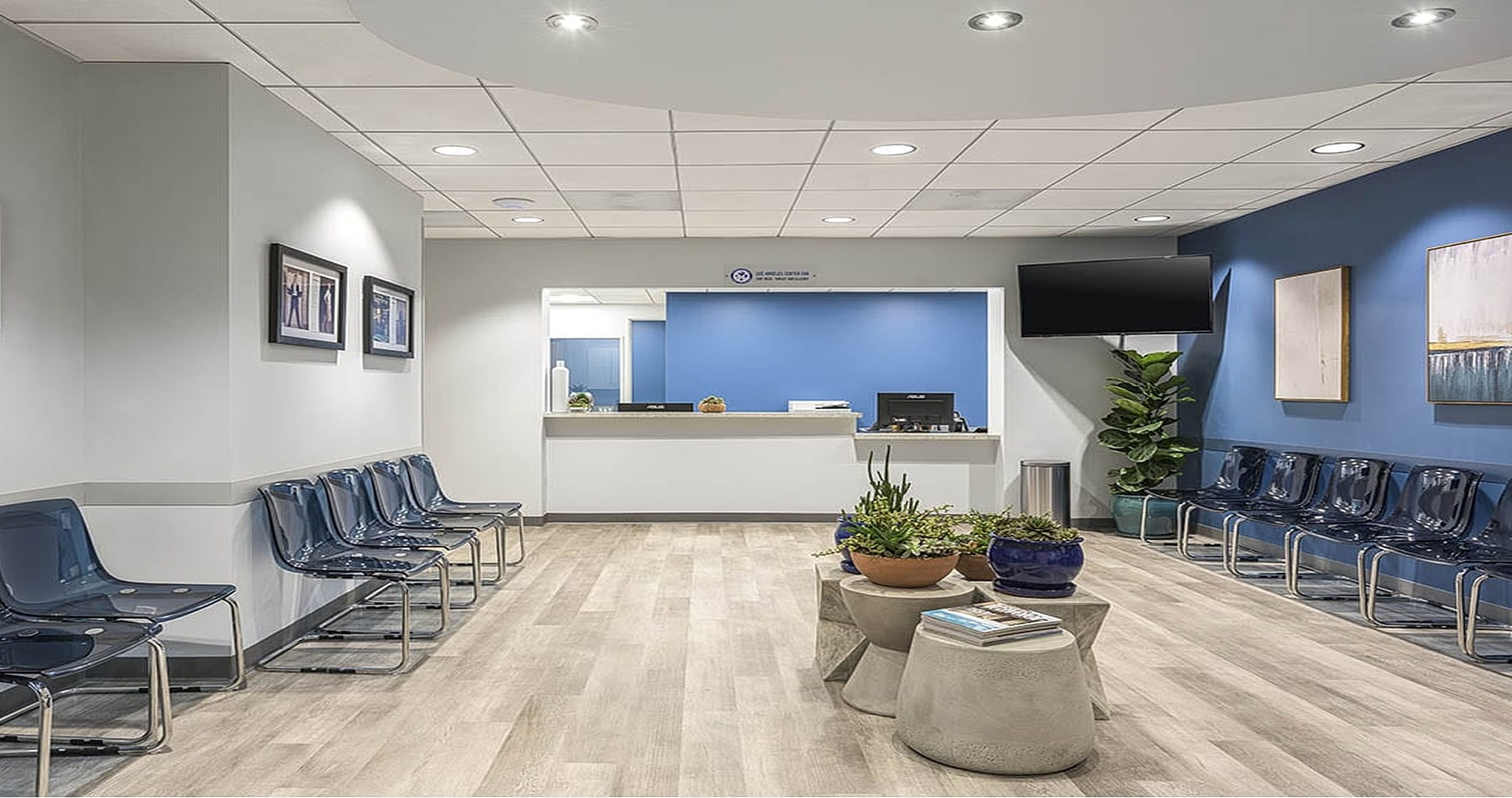
















Lymph nodes are crucial in the body's immune system, filtering harmful substances and fighting infections. However, abnormal lymph node enlargement can occur due to infection, inflammation, or cancer, sometimes requiring surgical removal for diagnosis or treatment.
At SoCal ENT, our board-certified surgeons specialize in safe and precise lymph node removal using minimally invasive techniques whenever possible. Whether you need a biopsy, removal of a suspicious lymph node, or treatment for recurrent infections, we provide comprehensive and compassionate care tailored to your needs.





Lymph node removal, also known as lymphadenectomy or lymph node excision, is a surgical procedure that removes one or more lymph nodes to:
Lymph nodes are small, bean-shaped glands found throughout the body, but most commonly removed from the neck, armpits, or groin. The procedure may involve the removal of a single lymph node (biopsy) or multiple lymph nodes (lymphadenectomy) based on your diagnosis and treatment plan.
Lymph node removal is recommended when enlarged or abnormal lymph nodes cause concern for infection, inflammation, or cancer. Some common reasons for surgery include:
If a lymph node remains swollen for more than a few weeks, especially without infection, it may need to be evaluated or removed.
Cancer can originate in the lymph nodes (lymphoma) or spread from other parts of the body. Removal helps diagnose and prevent further spread.
Some infections cause lymph nodes to become repeatedly swollen, painful, or abscessed, requiring surgical drainage or removal.
If a lymph node appears suspicious, a biopsy may be performed to determine if it contains infection, abnormal cells, or cancer.

You may need lymph node removal if you:
A thorough evaluation, including physical exams, imaging, and possible biopsy, will help determine if surgery is the best option for your condition.
You may be a candidate for lymph node removal if you have:
Lymph node removal is typically recommended by a doctor after imaging or biopsy results indicate a need for further examination. It is generally a safe procedure, but certain factors—such as underlying medical conditions or bleeding disorders—may require additional evaluation before surgery.
During your consultation at SoCal ENT, our specialists will assess your symptoms, medical history, and test results to determine if lymph node removal is the best course of action for your health.

Most patients experience a smooth recovery following lymph node surgery. Mild swelling and tenderness at the incision site are normal and typically subside within a few days. What to expect after surgery:


Most patients experience immediate relief from discomfort or swelling, especially if the lymph node is infected or painful. Full healing typically occurs within two to three weeks.
If your lymph nodes remain swollen, painful, or suspicious for an extended period, a consultation with a specialist is recommended.
Most incisions are small and placed in discreet locations, leaving minimal scarring.
Most insurance plans cover medically necessary lymph node surgery. Our team can help verify your coverage.
Most procedures take less than one hour, but more extensive surgeries may require longer.
If the lymph node is non-cancerous, no further treatment may be needed. If cancerous, additional treatments, such as radiation or chemotherapy, may be required.